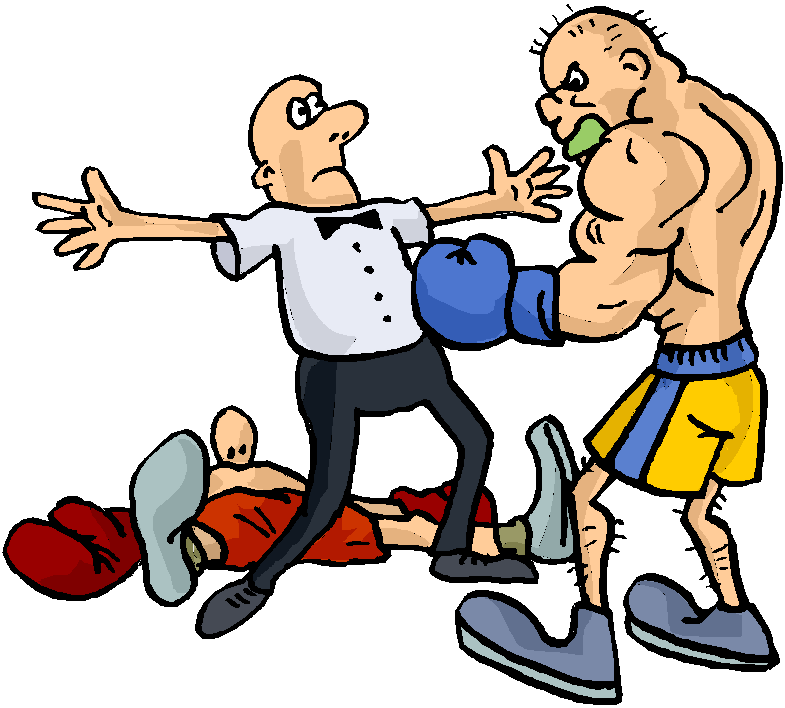1.e4 e5 2.Nf3 Nc6 3.Bc4 Bc5 4.Bxf7+ ...and related lines
(risky/nonrisky lines, tactics & psychology for fast, exciting play)
Tuesday, November 25, 2014
The Difference Between "OK" and "KO"
The title of this blog post says it all.
Wall, Bill - Guest2474397
PlayChess.com, 2014
1.e4 e5 2.Nf3 Nc6 3.Bc4 h6
4.O-O Bc5 5.Bxf7+ Kxf7 6.Nxe5+ Nxe5 7.d4
Probably a bit stronger than 7.Qh5+, but Bill has played that, too: Wall,B - Guest473534, PlayChess.com, 2001, (1-0, 21); Wall,B - Castro,S, Chess.com, 2010 (1-0, 23); Wall,B - Foman, Chess.com 2010 (1-0, 16); Wall,B - Merdiyev,F, Chess.com, 2010 (1-0, 17); Wall,B - Ratebabb, Chess.com, 2010 (1-0, 28); and Wall,B - Dad88, PlayChess.com, 2014, (1-0, 34).
7...Bxd4 8.Qxd4 d6 9.f4 Nc6 10.Qd5+ Be6 11.Qd3 Ke7 12.Bd2 Nf6 13.Nc3
Except for his centralized King, Black is doing OK. Now, however, he is tempted to waste time to harass the White Queen. If he lets White open the position, he risks a KO [knock out].
13...Nb4 14.Qg3 Rg8 15.e5 dxe5 16.Rad1 exf4
17.Bxf4
White's attack is well worth the sacrificed piece.
17...Qc8
Houdini suggests returning material while bringing Black's King to safety with 17...Qe8 18.Bxc7 Kf7 19.Qh4 Qc6 20.Bd6 Kg6 21.Qxb4 Rgd8 22.Qf4 Kh7, but I don't think Bill's opponent thought he was in that much trouble.
18.Bxc7 Nfd5
This leads to a bad end. Bill suggests 18...a5, which he would have answered with 19.Nb5.
19.Bd6+
The text is winning, although Bill points out that both 19.Rxd5!? and 19.Nxd5+!? would lead to checkmate.
19...Kd7 20.Bxb4 Qc6
Of course, if 20...Kc6 21.Qd6#.
21.Nxd5 Bxd5 22.Rf7+
Punches are raining down on the Black King, and the end is near.
22...Kc8 23.Rxd5 Qxd5 24.Qc7 checkmate
This is the kind of game that Alonzo Wheeler Jerome was thinking of when he invented his gambit!







No comments:
Post a Comment